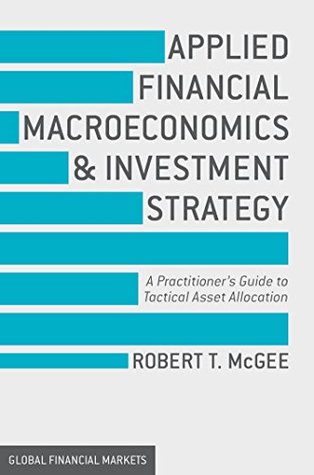As can also be seen in Exhibit 3.10, wage growth tends to breach the 4-percent level in the years right before recessions start. That’s not a coincidence. With long-term productivity growing about 2 percent, wage growth greater than 4 percent implies inflation of over 2 percent (4 percent nominal wage gain minus 2 percent “real,” or productivity-justified, wage gain). To stop inflation from rising too far above its target, the Fed clamps down on the economy when growth is generating excessive wage pressure—that is, wage growth that is too far above productivity
Welcome back. Just a moment while we sign you in to your Goodreads account.


